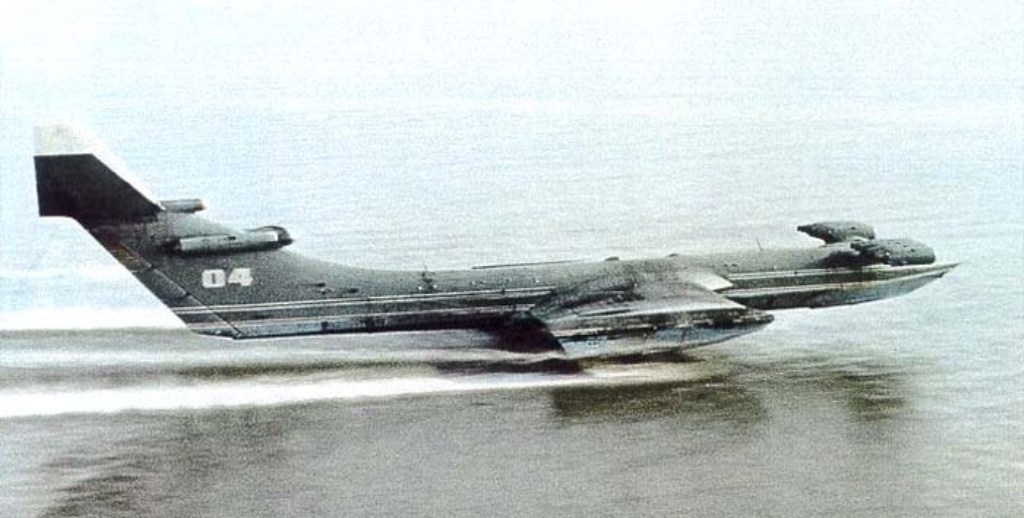Crash of a Rockwell Aero Commander 560F in the Gulf of Mexico
Date & Time:
Jan 23, 1981 at 1345 LT
Registration:
N4385
Survivors:
Yes
Schedule:
Homestead - Homestead
MSN:
560-1213-47
YOM:
1962
Crew on board:
1
Crew fatalities:
Pax on board:
1
Pax fatalities:
Other fatalities:
Total fatalities:
0
Captain / Total hours on type:
29.00
Circumstances:
The aircraft departed Homestead, Florida, on a test flight. While flying over the Gulf of Mexico, the pilot reported severe electrical storm. He became lost and disoriented so he decided to ditch the airplane about 375 miles southeast of Brownsville, Texas. The aircraft sank and was lost while both occupants were rescued.
Probable cause:
The pilot became lost and disoriented after encountering severe electrical storm in flight.
Final Report:






